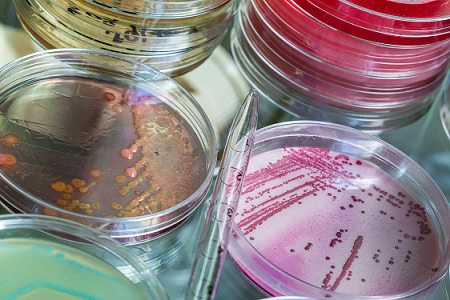Understanding bacteria for healthier living

Related topics
Health Innovation Health, Demographic Change and Wellbeing Denmark France Germany Ireland Netherlands Spain Switzerland Australiadate: 17/02/2014
Project: Towards an understanding of dynamic tran...
acronym: BASYSBIO
See also: CORDIS
Contact: http://www.basysbio.eu
To survive in changing natural, laboratory and industrial environments, the bacteria can adapt dramatically. The European Union (EU)-funded BaSysBio project sought to understand these adaptations. By bringing together the best teams specialised in fields such as molecular biology and bioinformatics, the project developed predictive mathematical models that made it possible to interpret the wealth of experimental data obtained.
The project team aimed to unravel how cellular adaptation is coordinated and what the key events in the process are. “The work undertaken has given us a deep knowledge of how a bacterium controls its genes,” says project coordinator, Dr. Philippe Noirot at Institut National de la Recherche Agronomique (INRA) in France. “This knowledge could lead the way to applications in the areas of health and environment,” he adds.
By discovering novel concepts in computational modelling, the BaSysBio team found new ways to understand biological complexity, which should serve as a catalyst for revealing yet unknown properties of biological systems.
Many scientific publications about BaSysBio project have appeared in peer-reviewed journals, including two studies published in the highly-respected Science magazine in 2012. The two studies are important because “they represent a blueprint for bacterial systems biology,” says Noirot. Exploiting this blueprint could lead to numerous breakthroughs in the future.
For example, understanding how the bacteria work and change could have considerable economic potential in the pharmaceutical, chemical and agri-food sectors. BaSysBio's results could also contribute to detecting bacteria which are able to overcome body defence mechanisms. In fact, responses of a major pathogen such as Staphylococcus aureus to drugs were also deciphered and could eventually lead to strategies to combat this tricky bacteria found in the human respiratory tract and on the skin. Having a better understanding of germs and identifying more effective targets for anti-infection drugs would also make it possible to address the increasing resistance of bacteria to antibiotics.
Our surroundings could also stand to benefit. By developing a better understanding of the systems that allow microbes or tiny single cell organisms to adapt to their environment, BaSysBio project could help us understand and even exploit their ability to clean up polluted environments.
BaSysBio project finalised in 2011 but its promising results have set the scene for big changes in our lives.
